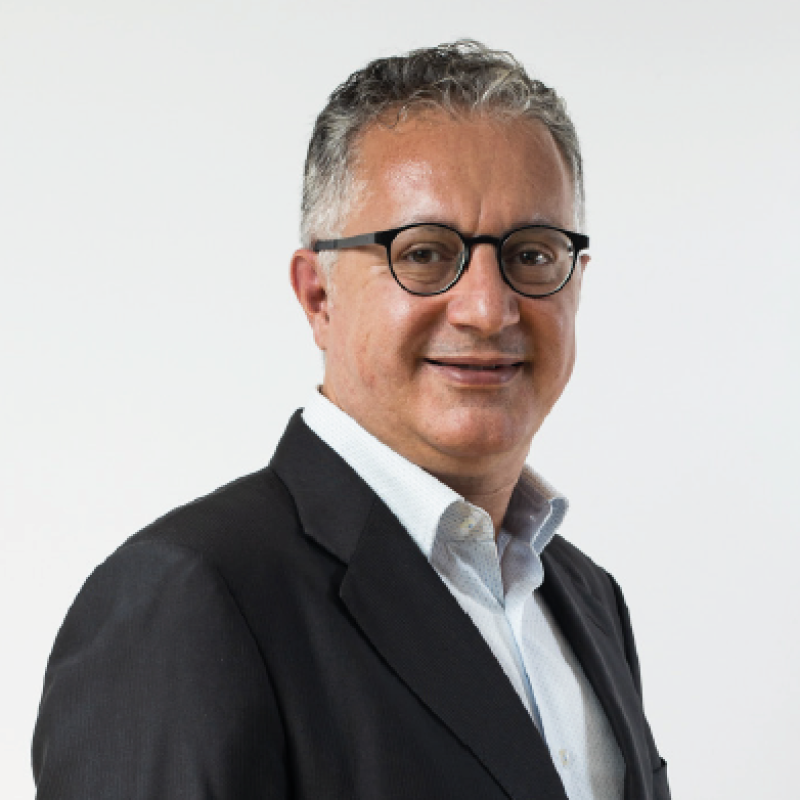How do we make impact investing mainstream while preserving its essence – that is to generate intentional social and environmental impact as well as financial gain?
According to the Global Impact Investing Network (GIIN), Impact investing has grown into a $715 bn sector over a decade, but compared to traditional finance it is still a nascent and marginal sector. Nonetheless, it is worth understanding its composition, how and by whom it is financed, where the investments go and what instruments are used.
First of all, the investment total includes a mix of instruments – debt and equity. Second, it accounts for both emerging markets and developed markets. Third, there seems to be little indication of whether it does what it preaches. Let me take it piece by piece.
Product labeling concerns
Debt and equity instruments are multi-faceted and complex, and the products in this space cover anything from infrastructure to climate bonds. And as more traditional players come into the market the amount and sophistication will increase, but so will the opaqueness.
So even as the sector becomes more mainstream, the question arises: do these new entrants really deliver the results that the sector promises? The big players are wont to treat impact investing as a pure asset class to promote, a new business line to develop and a new box to tick. They may not be so concerned about the social impact.
The need for greater domestic resources
At a recent impact leadership conference organized by the Central Bank of Indonesia, one of the studies presented pointed out that 93% of investors are Development Finance Institutions (DFIs) while only 7% are local. And the total amount invested in impact over the last seven years is $256 ml. This is hardly encouraging. Local investors are not engaged. The market depends on foreign aid and the good will of philanthropy.
I do not want to underestimate either the efforts or the good intentions of the foreign investors. However, the real difference can only be made through the development of an internal financial market based on local investors. Indonesia has more than 100,000 people with more than $1 million in net worth according Asian Venture Philanthropy Network (AVPN); Indonesia is the world’s 2nd most gift-giving nation – all voluntarily especially in the form of Zakat that reaps $32 bn per year. Yet the local impact market continues to depend on DFIs. This is nonsensical and plays into the stereotype that only Westerners and benevolent international organizations can develop the emerging markets.
What are the metrics?
Two aspects of impact investing are important: the proof that it yields social and environmental good that it preaches, and the proof that it can yield financial gain.
There are presently upwards of 20 measurement instruments in common use to gauge impact. What the sector lacks is the equivalent of International Financial Reporting Standards (IRFS). No surprise, then, that “impact washing” is such a big worry and obstacle for the reputation of the sector.
In addition, with the continuing arrival of the big names, such as KKR, Bain Capital and Apollo, would small players be crowded out? Would the requirements for impact measurement be so strenuous that poor social enterprises and small funds will not be able to afford them?
A related aspect is the return. It is too early to measure exits and returns. And returns are defined by the return expectations of the investors. They may fluctuate, and are very difficult to benchmark. If the return is high, then you may be only capturing value for shareholders. If the return is too low, then it is almost like a grant or philanthropic structure.
What to do?
- Build local impact investing into the mainstream financial system: In Indonesia $32 bn goes into Zekat, an Islamic institution. How can that be channelled into impact investing? The methods of Zakat and Islamic Finance are conducive to the tenets of impact investing.
- Explain benefits: In Asia and many emerging markets, investors consider commercial investments as an entirely separate category from their philanthropic donations. In a recent meeting with Asian investors that I was trying to lure into impact, one investor said “If you want to do good, let me write a cheque as a philanthropist. Then let’s talk about business.” Local investors’ needs and requests are different from international investors.
- Build and show impact: This is trickier but lobbying for international standards is very important. Work on intersectionality, the crossroads between class, race and gender, to address inequality.
- Keep traditional finance close to impact investing: There is too much expectation that the social enterprise sector will change the world alone. Mainstream finance leaves the young to deal with the social enterprise. Traditional finance should step in and genuinely support the nascent impact sector with the mindfulness that purpose is important for the Z generation and it will be at the top of their agenda.
This article was originally published on Oct 26, 2020 in Tech for Impact blog affiliated with Asian Development Bank

